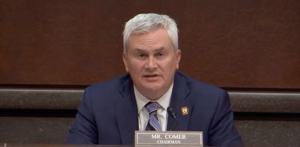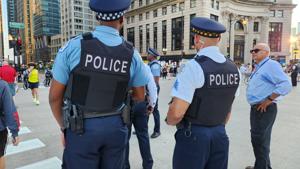Higher ed spending up as enrollment plummets at Illinois universities
(The Center Square) – A former state lawmaker says Illinois is now tops in the nation on per-student spending in higher education, despite enrollment plummeting as Illinois’ high school graduates select colleges in other states.
The Illinois Policy Institute found that state government spending on higher education in Illinois increased over $2 billion as enrollment dropped by more than 106,000 students between 2009 and 2024.
Illinois Policy Institute Senior Fellow and former state Rep. Mark Batinick says he gets tired of people saying state taxpayers are not funding higher education enough.
“We are number one in the funding of higher education. I think we are more than double the national average. Some people will say, ‘Well that’s because of historical pension payments.’ Even when you strip out pension payments, we’re in the top five,” Batinick told The Center Square.
The Illinois Policy Institute found that about 43 cents of every state higher education dollar from general funds goes to fund pensions instead of instructing students.
Batinick said universities have not lost funding, even as they have lost students.
“We’re spending a lot of money per student on higher education. We’re just not getting the return on that investment,” Batinick added.
Batinick said students are getting better deals in other states because of Illinois’ increased tuitions.
The average price of in-state tuition and fees at Illinois’ 12 public universities rose from $9,410 in 2009 to $15,439 in 2025.
Batinick said the state’s historical funding model is based on the previous year’s funding and not on enrollment.
“So as some universities have lost students, they haven’t lost funding. And as some universities that are doing a good job have grown or held their enrollment, they don’t get extra funding because of that. You have a lot of universities that just aren’t doing well, some with low enrollment that are getting more per student than perhaps they should and then some with larger enrollment that aren’t getting as much funding as the other universities,” Batinick said.
Batinick said enrollment at state schools dropped from around 380,000 in 2011 to about 260,000 today. He said projections show the numbers could drop to 175,000 in the next 15 years.
“So you’re funding a system that’s meant to educate nearly 400,000 students, that’s working its way to being less than 200,000 students, so unless you do some re-imagination, some redesigning, some sort of consolidation, whatever it is, too much of the money is going to go to the top and not make its way down to the student, which is why you’re seeing so many students leave the state of Illinois,” Batinick said.
According to Illinois Policy, more than 10% of university funding is spent on administrative bloat, not students or faculty.
In 2021, nearly 48% of Illinois’ four-year, college-bound students chose out-of-state schools, with the top picks being public universities in neighboring states where tuition was cheaper.
Latest News Stories
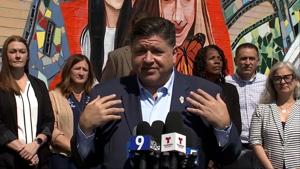
WATCH: Pritzker: Will go to court ‘immediately’ if Trump deploys National Guard
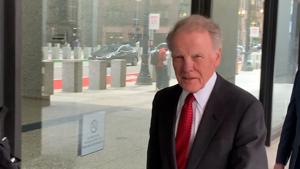
Illinois quick hits: Madigan attempts another appeal; prison mail scanning rules proposed
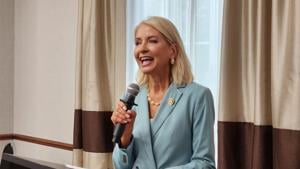
IL US Rep: Failing schools cost billions in ‘epidemic’ of poor proficiency

Plaintiffs weigh steps after appeals court upholds transit concealed carry ban
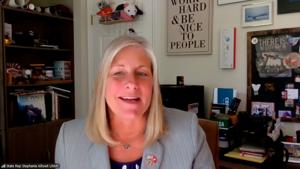
IL comptroller candidate touts experience, focuses on transparency
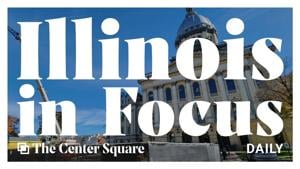
WATCH: Pritzker expects feds soon; appeals court affirms transit concealed carry ban

Casey Lions Club Cleans Up Rt 40

Illinois quick hits: Economic conditions show stability; EPA recruitment efforts
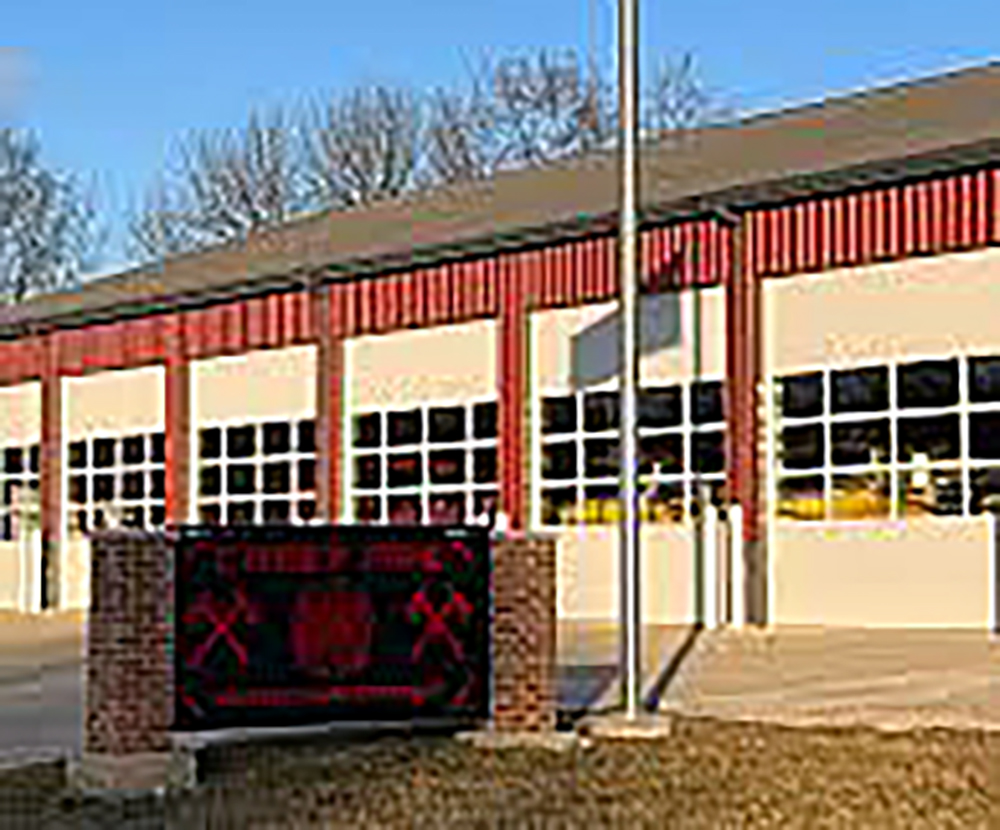
Casey Fire Chief Outlines Equipment Needs, Including New Truck and Thermal Camera

Casey Officials Praise ‘Incredible’ Popcorn Festival for Community Spirit, Economic Boost

Casey Fire District Board Approves Administrative Salary Raise, Adopts Tentative Budget
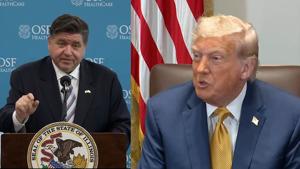
WATCH: Pritzker focuses on violence intervention; VP won’t confirm deployments
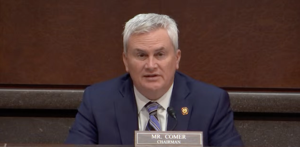
House committee investigating Dem governors for ‘illegal alien’ Medicaid spending
